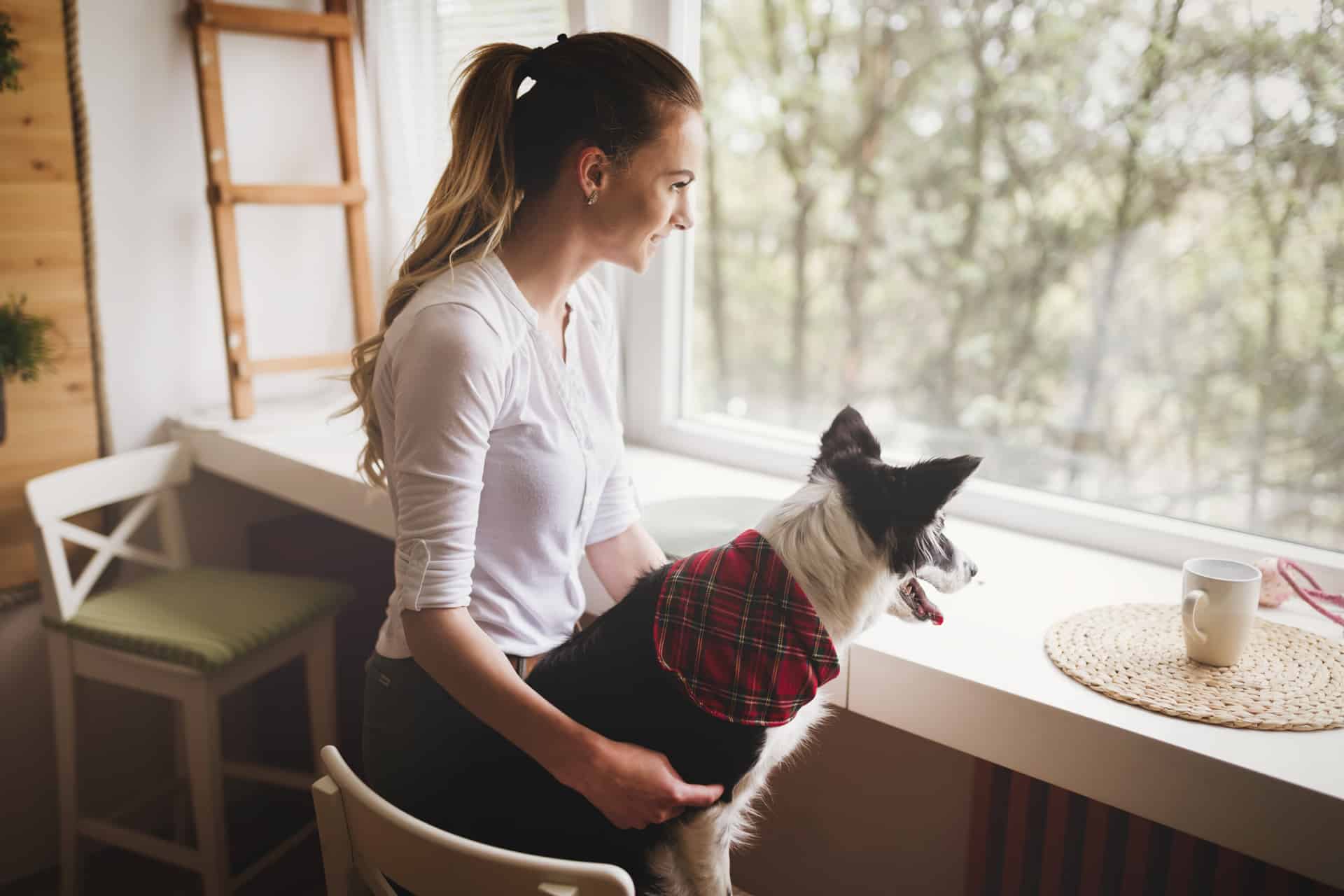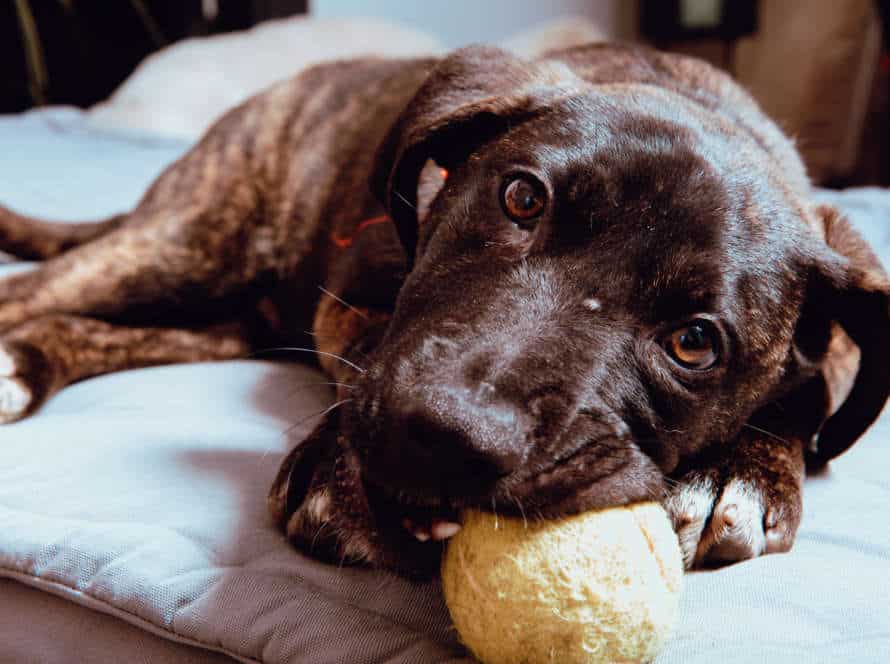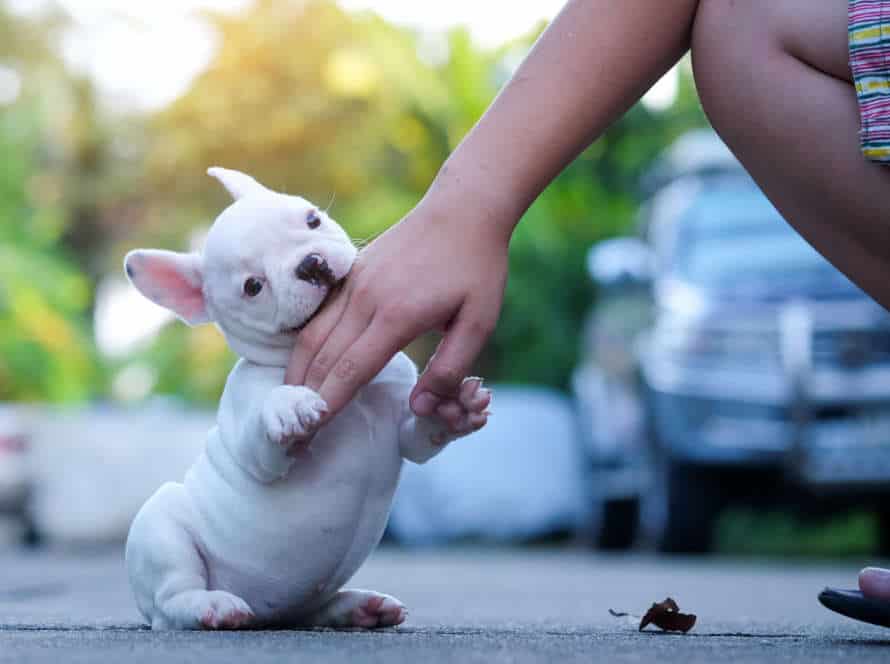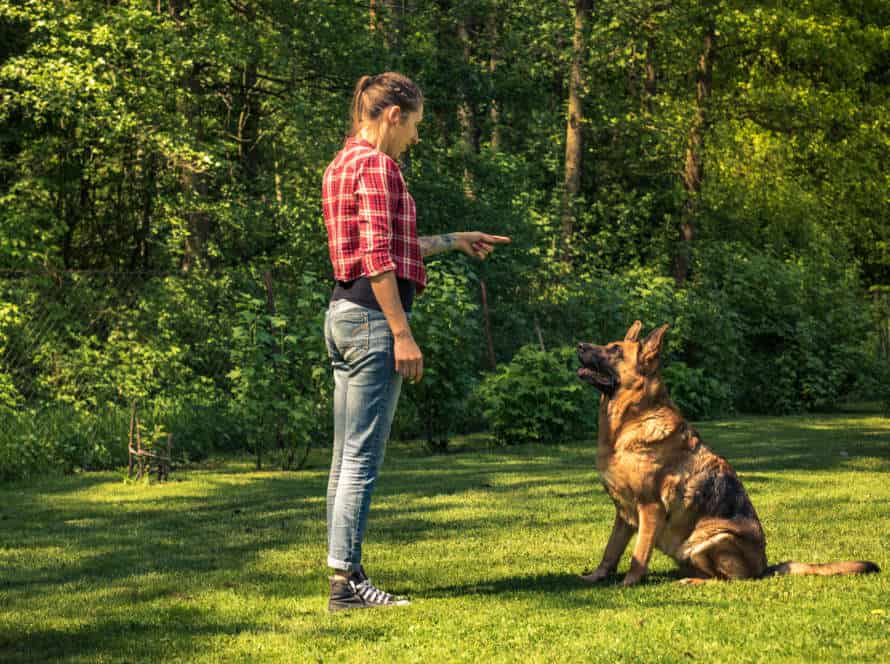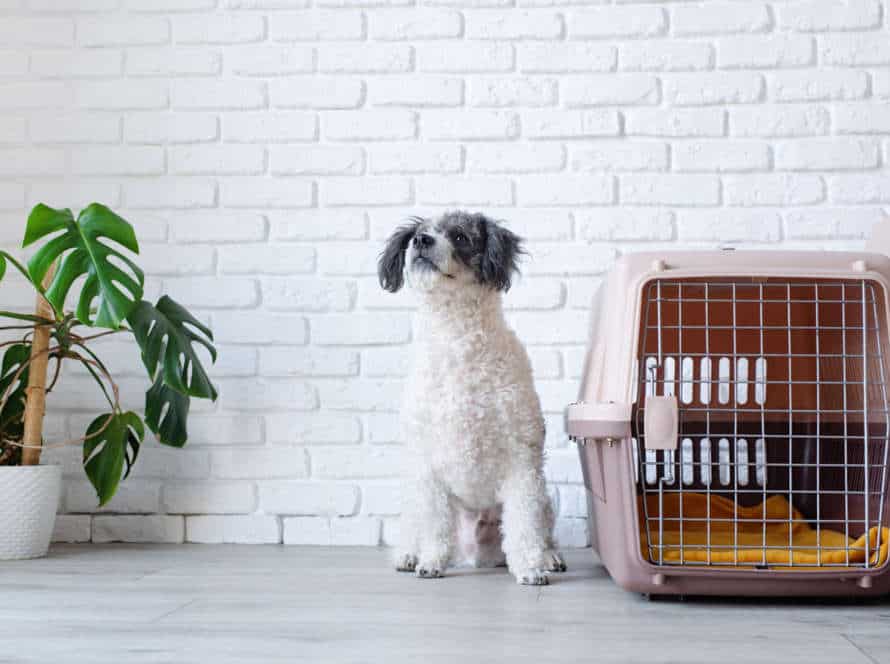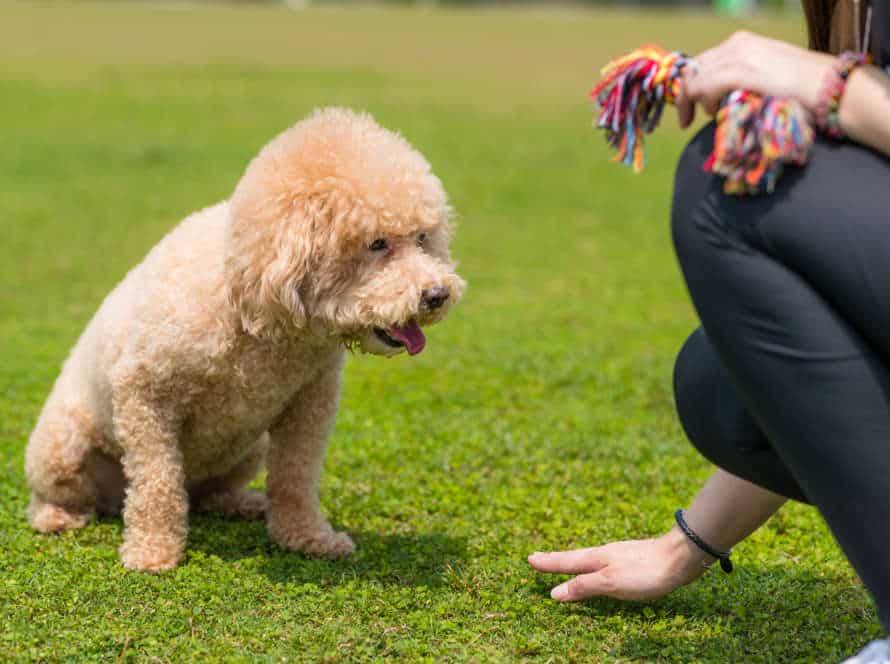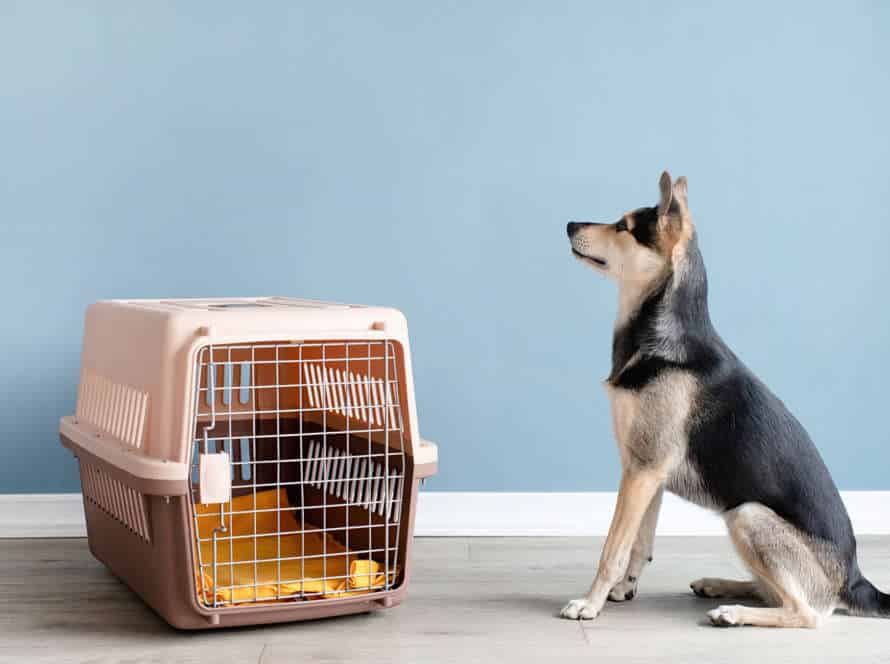Transitioning from Indoor Potty Solutions to Outdoor Elimination
Making the switch from indoor potty to outdoor pooping and peeing needs patience, consistency and rewards. Here are some tips:
- Decrease the amount of potty breaks inside and increase outdoor walks and playing.
- Set a routine for going outside after eating and sleeping.
- Say good words and give treats when your dog goes outside.
- Use scents and treats to help them learn to go in one spot outside.
- Be patient. Don’t punish your pup for accidents inside. Instead, encourage them when they do it outside.
Preparing your dog for the transition
Transitioning from indoors to out can be a tricky but thrilling experience for you and your pup! Taking your time to get them ready will guarantee they feel at ease and understand where to go to do their business. Here’s some advice to help your pup prepare:
Establish a routine
Establishing a routine is important for transitioning your pup from indoor potty to outdoor elimination. Dogs need routine and it helps them understand expectations.
Follow these steps:
- Set a regular time for meals and stick with it.
- Pick a specific time for potty breaks, take the dog out often – after meals and before bed.
- Use a consistent signal when it’s time to go outside.
- Choose a designated area in the backyard and take the dog there every time.
- Reward successful outdoor elimination with praise, treats or playtime.
- Be patient and stay consistent.
- Eventually, your pup will transition to outdoor elimination.
Use positive reinforcement
Positive reinforcement is an effective way to transition your pooch from indoor to outdoor pottying. Here’s how:
- Set up a grassy area in your yard for elimination.
- Take your pup to the spot several times a day, at roughly the same times.
- Say “go potty” to let your dog know what you want.
- When they go in the designated area, give them treats, compliments and cuddles.
- If they make a mess indoors, don’t punish them. Interrupt the behavior, take them outside and reward them when they finish.
- As they get used to outdoor pottying, reduce indoor solutions until they only use the outdoor spot.
Introduce your dog to the outdoors gradually
Intro your pup to the outdoors gradually. This can make the switch from inside potty solutions to outside elimination easier for both you and your pup. Here are some tips:
- Take your pup outside on a leash to a quiet, distraction-free designated potty spot.
- Say a command word like “Go potty,” to help your pup link eliminating to the spot.
- Increase the time spent outside with your pup and give treats or positive reinforcement when they go potty.
- If they have accidents inside, use an enzymatic cleaner to get rid of the odor and stop them going in the same spot again.
- Be patient and consistent. Your pup will soon love going outside for potty time.
Pro Tip: Don’t forget waste bags when taking your pup out!
Outdoor potty set-up and training
Transitioning your pet to an outdoor potty isn’t too hard. With patience and training, your pup can learn to go outside. Here are some tips for setting up and training them for outside elimination:
- Provide the right setup and training for success!
Choose a potty spot
Transitioning your pet to outdoor potty? Pick a spot! Here’s how:
- Observe your pet’s behavior and pick a spot that’s easily accessible and private.
- Avoid high-traffic areas and play spots.
- Look for well-drained soil and no plants or flowers your pet might dig up/chew.
- Put a container (litter box/tray) in the spot – it’s a visual cue.
- Use positive reinforcement like treats or praise.
- Clean the area regularly.
- Pro tip: Patience and consistency will teach your pet to use the designated spot.
Use a consistent command
To train your pup to use a single command when going from in-home potty solutions to outdoor elimination is key to outdoor potty training success.
Here are some tips:
- Pick a single, consistent command like “go potty” or “do business”.
- Make sure to use the same command every time you take your dog outside.
- Take your pup to the same spot and say the command.
- Wait until they go before offering praise or rewarding them.
- Be consistent with the command and the location to encourage the behavior until they connect the command with outdoor potty time.
With patience and consistency, your pup will learn to go outdoors on command, making outdoor potty training easier.
Potty training using crate training
Crate training is an easy way to potty train your pet. It helps them transition from indoor potty solutions to outdoor elimination. Here’s what to do:
- Pick a crate that your pet can stand, turn and lie down in comfortably.
- Put comfy bedding and some toys in the crate.
- Keep your pet in the crate when you can’t watch them closely.
- Take them outside right after you let them out of the crate.
- Reward them with praise and a treat for going outside.
- Gradually increase the amount of time they spend out of the crate. Monitor them closely and take them outside often.
- With time, your pet will learn that outside is where they should eliminate. Eventually, you can get rid of indoor potty solutions.
Potty training using tethering
Tethering is a great way to potty-train your pup! It helps transition from indoor to outdoor pooping. Here’s how to do it:
- Pick an outdoor potty zone and set up a tie-out or tether system.
- Take your dog out every 2-3 hours.
-
Attach your pup to the tether and wait for them to do their business in the designated area.
- Reward them with praise and treats when they are done.
-
Gradually increase the time between potty breaks as your pup gets better at holding it.
-
Once your dog is good at going outside, you can start taking away indoor potty solutions.
Tip: Be consistent and give your pup plenty of chances to succeed. With patience and determination, your pup can learn to only go outside with ease!
Troubleshooting common problems
Pet owners may find transitioning their pet from an indoor potty solution to outdoor elimination tricky. It can’t be rushed! Possible issues may arise. Here’s a look at some common problems that may happen and how to fix them.
Accidents in the house
Accidents in the house? Not fun. But you can help your pet transition from indoors to outdoors with training and patience. Here are some tips to try:
- Take your pet out often and regularly
- Show them a designated spot for elimination
- Praise and reward them for good behavior
- Supervise and confine them to prevent accidents
- Clean up any accidents with an enzyme cleaner to remove the scent
Consistent training is key! With a bit of effort and patience, your pet will learn the right behavior and have fewer accidents.
Difficulty transitioning
Transitioning your pet from indoor potty to outdoor elimination can be a challenge. So, here are some issues you may face and how to address them:
- Unfamiliar surroundings: Your pet may feel scared in an unknown outdoor environment. To help, take them for short walks in the area before potty breaks.
- Distractions: Outdoors can be stimulating with noises, smells, or other animals. Find a quiet spot for potty breaks.
- Fear of punishment: Pets may fear punishment or scolding when outside. Encourage positive behavior with treats or reinforcement.
- Physical limitations: Older pets or those with mobility issues may struggle. Talk to your vet about ramps or accessibility options.
Keep in mind that patience and consistency are important when tackling any problem.
Regression in potty training
Potty training regression is common when switching from indoors to outdoors. Here are some usual issues and how to fix them:
- Not wanting to go outside? Use positive reinforcement like treats, playtime and compliments.
- Fear of the new area? Take your pet on a stroll around the area. Start with a short time, then gradually increase.
- Accidents in the house? Don’t scold them. Crate training can help. And limit their water intake.
- Inconsistent training? Dogs need routine. Make a plan and stick to it.
Patience and persistence is key for potty training. Reinforce the good behavior and skip the negative reinforcement.
Outdoor potty solutions for specific scenarios
Time to switch to outdoor potty solutions? Think about your pet’s needs and the environment. There’s loads of options! Here, we look into which solutions suit different scenarios. Let’s explore!
Small outdoor spaces
Outdoor pet potty solutions can be difficult in small spaces. Although, with some imagination and effort, you can make an area for your pet to go outside. Here are some tips:
- Balconies: Put fake grass or turf on the balcony. Remember to clean it to avoid odors.
- Patios: Use a pup grass pad to absorb pee and control smells.
- Small yards: Put wood chips and pavers in a corner for your pet. Clean the area often for freshness.
Pro Tip: Praise and reward your pet when they go outside. This will help them learn and keep it up!
Living in an apartment or a high-rise building
Living in an apartment or high-rise can be difficult for finding an outdoor potty solution for your pet. There are options available to ease the transition from indoors to outdoors.
For dogs, consider using grass patches or pee pads on a balcony, if available. If there’s a rooftop or garden area, check with management if dogs are allowed. A portable dog potty system is also an option.
For cats, DIY litter boxes or automated self-cleaning ones can be used. If your cat isn’t a fan of litter boxes, try creating an outdoor enclosure or using a cat potty training kit.
It’s possible to find an outdoor potty solution that fits your living situation with creativity.
Limited mobility
Your pup shouldn’t miss out on outdoor fun just ’cause they have limited mobility. So, if they are used to indoor potty solutions such as pee pads, you may need some help. Here are a few solutions:
- If they need help walking, try a pet wheelchair, a comfy harness, or a dog stroller.
- If they don’t walk far, set up a small artificial grass area or pee pad in your yard/patio.
- For joint pain/arthritis, use a ramp or pet stairs for steps/cars.
- To remind them, set a schedule & use positive reinforcement.
With the right approach for your pup, transitioning to outdoor potty can be a positive experience for both of you!
Conclusion and final tips
Moving from inside potty solutions to outside elimination can be a tough transition for both of you and your pet. It takes time, patience and persistence to get both you and your pet comfortable with the concept and process. In this section, we’ll discuss the end of the transition and last tips to make it successful and worry-free.
Remain patient and consistent
Making the switch from indoors to outdoors for pet elimination needs patience and consistency. It may take several weeks, or even months, for your pet to get used to the outdoor routine.
Here are some last tips to help it go smoother:
- Have a set feeding and elimination schedule.
- Choose one spot outside and take your pet there each time.
- Encourage outdoor elimination with treats and praise.
- Be patient and consistent, even if accidents happen.
- Every pet is different and learns at their own rate.
Eventually, your pet will transition outside with time, patience and consistency.
Monitor your dog’s behavior and progress
Transitioning your dog to go outside for potty? Here’s how to monitor their progress:
- Supervise them. Watch to make sure they don’t have accidents indoors.
- Reward good behavior. Praise and give treats when they go outside.
- Track accidents. Keep a log. Look for patterns or triggers.
- Change up training. Be flexible. Adjust approach as needed.
- Get help. Consult a professional trainer if needed.
Monitoring behavior and progress will help you transition your dog. Pro Tip: Be patient and consistent. Every dog is different and may need a special approach.
Always reward good behavior
Transitioning your pup from indoors to outdoors may be a challenge, but rewarding good behaviors will make it smoother. Here are some tips:
- Take your pup out frequently to avoid accidents inside.
- Observe your pup’s behavior and take them outside when they show signs of needing to go.
- Reward them with treats and praise when they eliminate outside.
- Be patient with them and don’t punish them for accidents.
- Gradually reduce indoor access and increase outdoor exposure as they get more comfortable with going outside.
- Each pup has a different learning pace, so don’t get discouraged if it takes time.
Pro tip: Consistency is key! Stick to a routine and reward good behaviors to create a positive association with potty time outdoors.
Frequently Asked Questions
1. How do I start the transition from indoor to outdoor potty solutions?
A: Begin by gradually increasing the amount of time your dog spends outdoors, providing plenty of opportunities for them to eliminate outside. You can also start moving their indoor potty solution closer to the door, and eventually outside.
2. What if my dog refuses to go outside?
A: It’s important to be patient and persistent with your dog during this transition. Try to identify any factors that may be causing reluctance, such as fear of unfamiliar surroundings or discomfort with the temperature. Providing positive reinforcement for eliminating outside can also help encourage the behavior.
3. How often should I take my dog outside during the transition?
A: You should aim to take your dog outside every 2-3 hours during the transition period, as well as shortly after meals and naps. As your dog becomes more comfortable with eliminating outside, you can gradually increase the time between potty breaks.
4. Should I continue to use indoor potty solutions during the transition?
A: It’s okay to continue using indoor potty solutions during the transition process, but gradually phasing them out will help your dog learn to rely on outdoor elimination. Keep in mind that indoor potty solutions should still be cleaned regularly to prevent odor and bacteria buildup.
5. How do I handle accidents during the transition?
A: Accidents will happen during the transition process, but it’s important to avoid punishing your dog. Instead, clean up the mess thoroughly and continue to provide positive reinforcement for eliminating outside. You may also want to consider using enzymatic cleaners to thoroughly eliminate any scent that may attract your dog back to the spot.
6. What if I live in an area where outdoor elimination isn’t feasible?
A: If you live in an area where outdoor elimination isn’t an option, there are still other options for transitioning away from indoor potty solutions. For example, you could consider a dog-friendly litter or turf box for your dog to eliminate in, or consult with a professional to explore other options for outdoor elimination.

